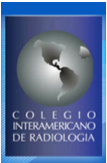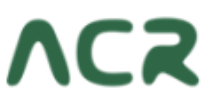How and why to migrate to radiology structured and contextualized report?
DOI:
https://doi.org/10.53903/01212095.18Keywords:
Radiology information system, Diagnosis, computer assisted, Medical informaticsAbstract
Structured reporting in radiology fulfill three fundamental characteristics: they have a uniform structure that answers a clinical question, they are the product of standardized checklists or of knowledge trees previously arranged with multidisciplinary clinical teams, and they are incorporated in option-selection boxes available in electronic reporting systems. Among the main advantages of migrating towards structured reporting are the uniformity and high quality of the report, the increase in intra and interobserver concordance, as well as the reduction of the diagnostic error rates and a significant improvement in communication with the clinical practitioner. This thematic review covers the essential characteristics of the structured report, the arguments for and against it, the recommended steps for its implementation, and the future opportunities for improvement.
Downloads
Downloads
Published
How to Cite
Issue
Section
License
Copyright (c) 2021 Revista Colombiana de Radiología

This work is licensed under a Creative Commons Attribution-NonCommercial-ShareAlike 4.0 International License.
La Revista Colombiana de Radiología es de acceso abierto y todos sus artículos se encuentran libre y completamente disponibles en línea para todo público sin costo alguno.
Los derechos patrimoniales de autor de los textos y de las imágenes del artículo como han sido transferidos pertenecen a la Asociación Colombiana de Radiología (ACR). Por tanto para su reproducción es necesario solicitar permisos y se debe hacer referencia al artículo de la Revista Colombiana de Radiología en las presentaciones o artículos nuevos donde se incluyan.








